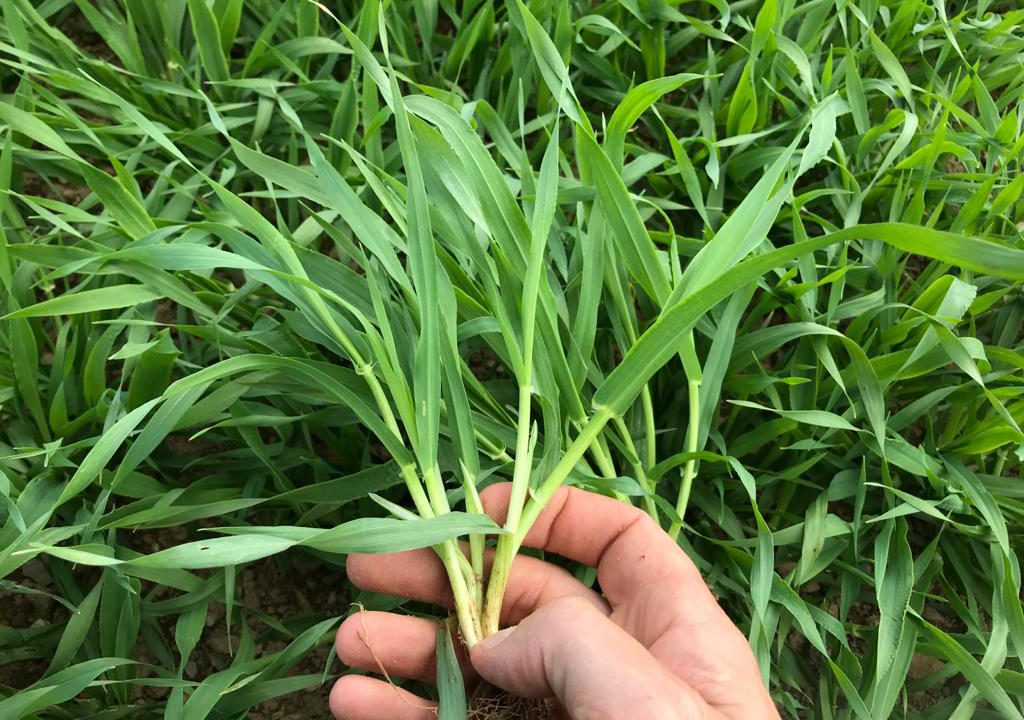Teagasc PhD student Jack Jameson took part in a recent Tillage Edge podcast to discuss the crop establishment options that are now available to tillage farmers.
He explained that there are two main establishment trials ongoing at the Teagasc Knockbeg site.
“When crops are sown in October, it is noticeable that those established using a direct drill approach are lagging behind up to the mid tillering stage,” he explained.
“However, by the time the flag leaf has emerged these crops have caught with both plough and min-till systems.”
Crop establishment
According to Jameson, the control of grass weeds represents a challenge within a replicated trial scenario.
He commented:
“The control of brome has been an issue and we will have to tailor our weed control strategies to get after that.”
Meanwhile, a Teagasc survey spanning 154 growers and almost 29,000ha was undertaken in late 2021 to learn what growers’ perceptions about min-till and direct drill crop establishment systems were, in comparison to a plough-based system.
It also determined from where growers got their information and how they accessed that information for various types of decisions, such as changing crop establishment system.
Cover crops
There were a number of cover crops questions in the survey, as many growers consider them an integral part of non-plough crop establishment systems, with many potential benefits if managed correctly.
The majority of growers thought that there would be an increase in cereal yields of up to 10% after five years of legume or non-legume cover cropping. However, the evidence to support this in our conditions is not strong.
Research conducted by Richie Hackett in Oak Park would suggest that while in some years there can be a benefit to the subsequent cereal crop from cover cropping, this is usually only associated with legumes, as a nitrogen substitution effect.
And, even with these crops, the responses are inconsistent; consequently, it is currently difficult to advise growers to reduce their nitrogen rates after cover crops.
In addition, most growers thought that cover cropping for five years would increase soil organic matter (SOM) levels; with over half of all growers thinking that SOM levels would increase by more than 10% after five years.
While any addition of crop biomass will tend to contribute to the soil carbon pool, research would suggest that those additions are quite small.
If one assumes stable soil carbon levels in the background, over five years, cover cropping with consistently high cover crop yields, may add about 1.4% extra to the existing carbon pool.
